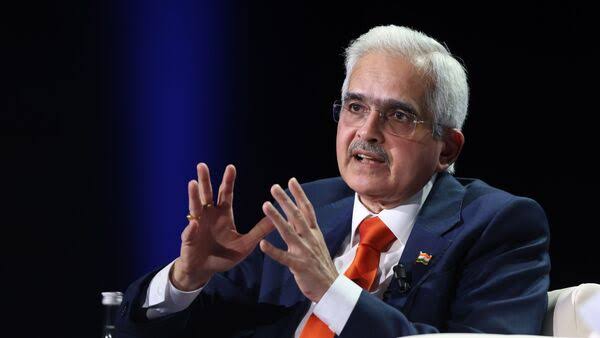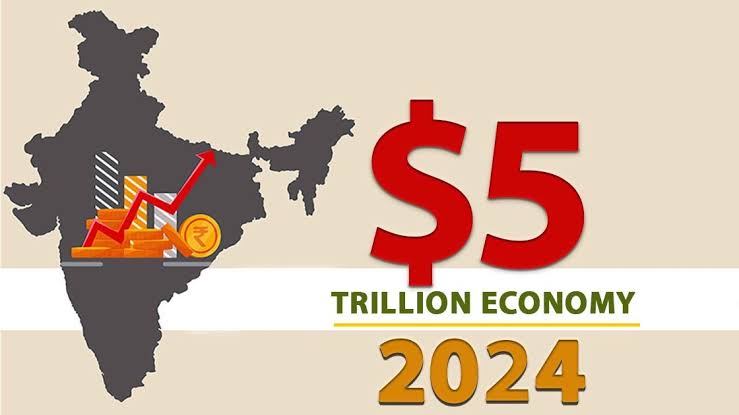RBI Keeps Repo Rate Unchanged at 6.5%: No Impact Expected on Loan EMIs

New Delhi: The Reserve Bank of India’s Monetary Policy Committee (MPC) has opted to maintain the repo rate at 6.5%, marking the sixth consecutive instance of maintaining status quo. The repo rate, the rate at which the RBI lends to banks, remains unchanged, signaling stability in the lending environment.
Also Read: Navigating India’s $5-Trillion Economy Journey: Opportunities and Challenges
Key Highlights:
- Stable Monetary Policy: The MPC’s decision to retain the repo rate at 6.5% reflects a commitment to ensuring stability in monetary policy amid evolving economic conditions.
- GDP Projections: The RBI projects a GDP growth rate of 7% for the financial year 2024-25, slightly lower than the 7.3% expansion estimated for the current fiscal year.
- Economic Indicators: RBI Governor Shaktikanta Das highlighted positive indicators such as rural demand gaining momentum, robust urban consumption, and an uptick in the investment cycle due to increased capital expenditure.
- Inflation Trends: Despite inflation hovering near the upper end of the mandated range of 2%-6%, the RBI has refrained from adjusting the repo rate since February 2023, attributing it to a marginal easing in inflationary pressures.
- Forecasts and Outlook: Real GDP growth for FY25 is projected at 7%, with quarterly growth rates varying between 6.8% and 7.2%. Inflation forecasts indicate a moderated trend, with CPI projections adjusted for various quarters.
- Liquidity Measures: While systemic liquidity briefly shifted to a deficit in September 2023, surplus liquidity in the banking system persists after accounting for government cash balances.
- Currency and Forex Reserves: Governor Das highlighted the stability of the Indian rupee, driven by market dynamics despite global economic fluctuations. India’s foreign exchange reserves stood at $622.5 billion as of February 2, 2024.
- Regulatory Updates: The RBI unveiled measures to enhance transparency in retail and MSME loans through the extension of Key Fact Statement requirements. Additionally, a framework for authenticating digital payment transactions was introduced to bolster digital security.
As the RBI continues its steadfast approach to monetary policy, stakeholders can anticipate sustained stability in lending rates and an environment conducive to economic growth



